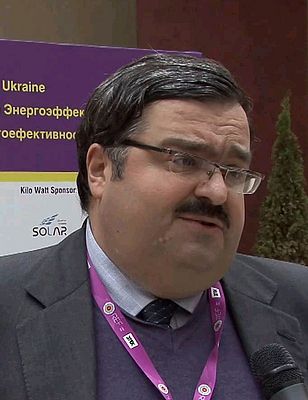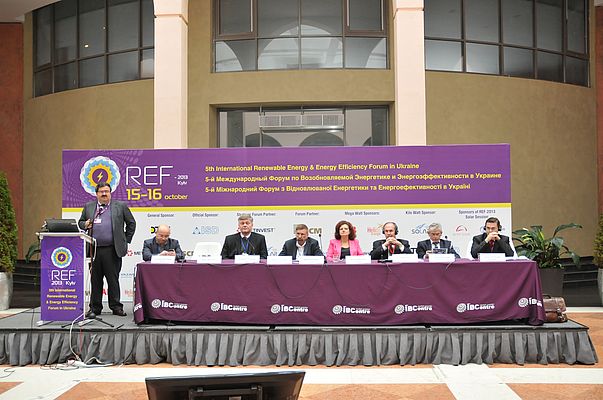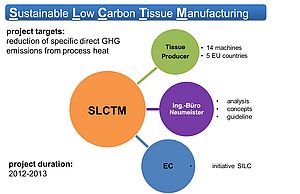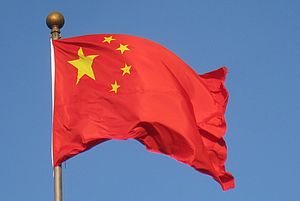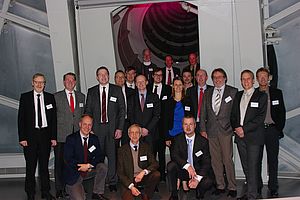We do not go far from the European Union, to find one of the world’s most vibrant and, for industrial energy efficiency, promising markets: our eastern neighbour, Ukraine.
Dependence on imported fossil fuels, big heavy industrial sector with multiple-level energy intensities (compared to the EU average), many low efficiency building, all make Ukraine the most promising market for energy efficiency products and services. Ukrainian government and stakeholders have been very active in several very important pan European initiatives, i.e. European Energy Community (http://www.energy-community.org/) and the Covenant of Mayors (www.eumayors.eu), now the discussion on renewables, energy efficiency, renovation, ISO50001, are all very much active in Kiev.
Manufacturing remains very much dependent on raw energy sources (read fossil fuels) and less affected by major grid energy fluctuations then in some European countries. With coal exports to the EU falling (mainly due to EU industrial users buying better quality US coal), domestic coal consumption has been growing. From 73.8Mt dug out in 2009, overall Ukrainian production grew to 85.8Mt in 2012. In the same period domestic consumption doubled from 26.5Mt to 52.5Mt (The BP Energy Outlook 2030). These are negative trends in thinking about energy efficiency, but the tide is clearly turning.
EEIP, co-publisher of this magazine, was pleased to be invited share expertise on the initiatives and progress on industrial energy efficiency in the EU. In our discussions in Kiev, we were encouraged to see enthusiasm and initiative of the manufacturers, local government and the ministries. These days, we are all looking forward to Ukraine signing agreement with EU at summit in Vilnius later this month (November 2013). This will lead to further alignment of Ukrainian energy policies with the European ones.
So far, even more than in the EU, the discussions were focusing on the questions of infrastructure and energy market integration. This is understandable. Energy dependencies, the main concerns in Ukraine as well as in the EU, will lead to implementation of more government energy efficiency policies. Although we are still far away from talking about ‘negawatts’, we see big manufacturers in steel and other sectors to do more in rational use of energy. Energy efficiency is slowly but surely coming to Ukraine.


